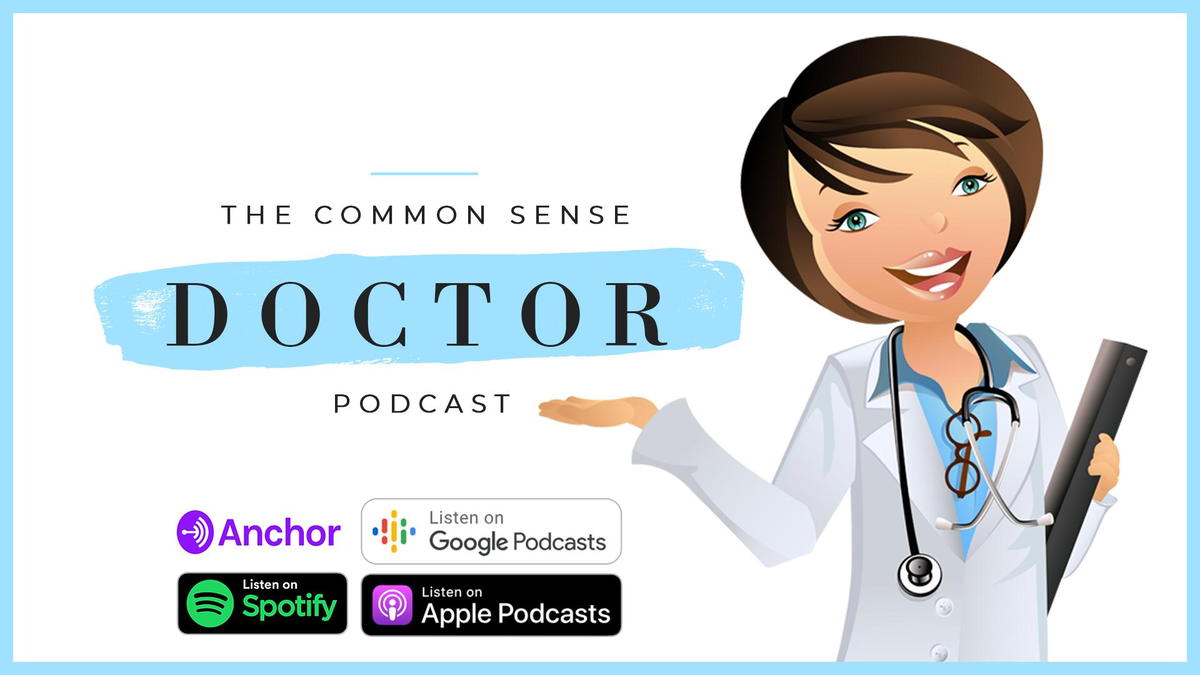Chiropractic and Extremities

- posted: Oct. 06, 2019
Today, I decided to focus on a topic that most people do not know about until I enlighten them. Chiropractors do work on extremities. You may ask, “What is an extremity”? Extremities are joints in the body other than the spine. They are outside the spine. These are your shoulders, elbows, wrists, hands, hips, knees, ankles, feet, jaw and ribs. When I mention all these areas, my patients are amazed.
First and foremost, I want to emphasize that chiropractors are trained in these modalities, but there are some who do not like to perform these adjustments. If you are looking for a chiropractor to work on these areas, please ask if they specialize or can perform these adjustments before making an appointment.
You may be wondering why I decided to discuss extremity adjustments. Many patients have had issues with shoulders, knees, elbows, wrists, and feet issues but did not think it could be resolved with a simple chiropractic adjustment. Even my own patients will mention these infirmities and finish their discussion with a mention of an orthopedic doctor or PT. I love an orthopedist. They are great for broken bones, and necessary surgeries but some of them I must question them when it comes to a basic subluxation of the extremities. I will give an example: KNEES!
So many patients of mine have knee pain. They go to the orthopedist and have been told it was bone on bone and injections are necessary with possible knee surgery in the future. This scenario is so common in my office I have unfortunately began to roll my eyes like I did when my mother was repeating a story. It is not out of disrespect to the patient or the orthopedist, but this has become a redundant story to me. I have heard from beginning to the end of treatment which includes injections, PT, exercises, and medication. The patient gets some relief, but it never goes away, to the point, they have come to the conclusion that it will only be cured by a SURGERY. Now, I don’t want to disagree with the reputable orthopedist, but I sometimes want to ask if they may have forgotten the simplest of treatments; an adjustment.
I will usually ask my patient if they are willing for me to try a simple maneuver to help rotate that tibia, get it back in alignment and see if we can reduce some of the pain and swelling. Very hesitantly they agree, with little hope in my “hocus pocus” trick. I love to use a technique called drops. It is less invasive and very quick. Most of the time the patient doesn’t even realize I have adjusted the area of concern. I typically ask the patient to do what ever motion that aggravates their knee. We grade the intensity and range of motion and from there I begin. Upon palpation, I can determine if the knee is restricted like the spine or if there really is a more serious condition. If it is just a simple restriction, I go ahead and manipulate the area. ‘Ta da’, the patient will get up, reproduce the motion we did previously, and we rate their pain and range of motion. So many times, my patient’s jaws drop and stare at me in amazement. “How did you do that”? “It doesn’t hurt anymore!”
Again, it is not magic. It is simple biomechanics of the body. Many bones in the body get rotated or shifted and they began to rub on another bone causing a sharp/pinching sensation, or it begins to strain the tendons and ligaments around the bone causing a tight, burning, pulling sensation. Our job is to set the bone back into place, allowing the tendon, ligament, or muscle to release and ending the jamming of bones. Therefore, when the doctor takes an x-ray, it looks like bone on bone. Remember guys, an x-ray is a 2D image. Photography can fool the eyes. Kind of like the checkered tunnel where you look small on one end and gigantic on the other. This is why, line marking, and measurements are so important. If the tibia is rotated it will look like bone on bone because of the angle. Now spurring is a totally different image, and you can point out the degeneration with this issue. But some doctors misdiagnose and say that since there is little space between the joints you have bone on bone, and it is degeneration. Yet it really could be a trick with the eyes, and it is a simple rotation of the joint. Therefore, when we manipulate and you get relief, it’s not “hocus pocus”, the diagnosis was off some. For this reason, I always recommend trying an adjustment first before we jump into medication, surgery or severe forms of treatment.
I picked knee as an example because I work on this all the time! Yet, this theory can apply to any joint from tendonitis in the elbow to the plantar fasciitis in the foot.
Many times, the beginning of the plantar fasciitis is due to a bone called the navicular bone that has dropped or lost its alignment. I typically like to reset this joint and then ask the patient to wear an arch support or provide some form of taping to hold the joint in place. This way we support our natural arch and reduce the over stretched tendon (plantar fasciitis) from being pulled and inflamed. If we catch this first, we prevent months of PT and stretches that I find to be unnecessary at an acute case. Remember, timing is everything in treatment. I am only telling you this to save you some heart ache and long therapy with possibly a boot for this condition. I have had so many patients leave my office elated that we discovered the problem. Now we can advise on things they can do at home to prevent its return.
One area that I think is the most difficult to work on is the SHOULDER. Most people come in talking about a rotator cuff issue, yet you guys don’t realize that there is not one muscle called the rotator cuff. It is 5 muscles inserted around the shoulder and those muscles make up the rotator cuff. Where this becomes a problem, you feel pain at a certain location but that is not where it is coming from. This is called a referral pain. We must discover what muscle is involved and is it torn, sprained, strained, or is it a misalignment of the joint pulling on these muscles. There are so many factors to shoulder. Sometimes we even need to rule out the neck as the culprit.
Therefore, we will do something called “orthopedic test”. These are specific motions that we will ask you to do to determine if it is the joint, the muscle, which muscle, and could the muscle be possibly torn. We also need to do test to rule out the neck involvement. Shoulder can be the shoulder joint or even something called the AC joint. Many times, these can be simple adjustments and the issue is resolved immediately. Yet, I have had patients come into my clinic and trick me sometimes. Patients want a quick fix and don’t give me all the details that I ask for. This impairs my diagnosis, and treatment may be done incorrectly. If the patient does not respond well to treatment, I usually have to have to sit down and have a serious talk about the lack of detailed information. At this point I am forced to refer to an orthopedist. We don’t want to adjust anything that we think may be torn or injured. As I said before, a good chiropractor should be able to determine what is within their scope and when to refer, and I don’t fix “broken” arms!
My last, but not least example is ribs! I love working on rib subluxation. It is kind of my forte. Many people do not know that their first rib starts across the top of the shoulders. Those trigger points you feel may be a first rib subluxation. These are my favorite to adjust. These first ribs can also affect shoulder pain, since it runs under the clavicle.
If you do not know this, you have 12 ribs on both sides of the spine. A clue for you in the future, if you have pain around the shoulder blade, the sternum (chest bone) or on the sides of the rib cage, it could be a rib subluxation (misalignment). Typically, I may ask the patient, “Do you get sharp pain when you take a deep breath in?” If the answer is yes, I can almost guarantee it is a rib misalignment. My patients ask me all the time to look at their ribs. Sometimes, I am finished adjusting and they will ask me to check them anyway. Rib subluxation are miserable and there is no relief in pain (medication wise or massage wise).
Here is the problem…Not all chiropractors are the best at rib adjustments. They must be palpated and determined which direction to manipulate. The reason I am telling you this, is if you have someone who is not proficient in it, I would not recommend them slamming on your ribs. It hurts and we don’t want to break anything. I have heard many stories where someone had their husband push on the rib to get it back in place and they fractured it! Please let a professional do this adjustment! If your chiropractor does not feel comfortable than don’t force the issue. I have had to teach many chiropractors this technique. Not everyone learns this in school and some professionals who are not chiropractors, try to perform these maneuvers and make the situation worse. Nothing makes me more frustrated when someone comes in and asks me to fix something that another person messed up! Don’t hesitate to ask. It is such a simple technique with immediate relief!
These are just a few scenarios of how chiropractors can help with extremity issues. At this point my patient’s now ask for examples of conditions we have treated with chiropractic, acupuncture, and therapies. I will give a small handful of conditions and from here you can make your own decision:
TMJ
Carpal Tunnel
Tennis elbow
Golfers elbow
Plantar Fascitis
Tarsal Tunnel Syndrome
AC joint impingement
Shoulder or Glenohumeral joint impingement
Knee pain
Hip pain
Sprain/strain of the ankle
Shin pain
Trigger finger
Rib pain
I wish you the best of luck in deciding which direction to go. I do let my patients know, an adjustment is quicker, and your results should almost be immediate. You may need several treatments. I have found in my many years of practice that all extremity adjustments require three consecutive visits. Usually, that is enough, and the condition is resolved. More chronic the condition or more damage to the soft tissue may require more visit or additional alternative like acupuncture, taping, or therapy.
Please listen to our podcast: The Common Sense Doctor to learn more. Visit our website www.drcheriejohnson.com
HOURS OF OPERATION
Our Regular Schedule
7:30 am - 2:30 pm
3:45 pm - 5:00 pm
Closed
7:30 am - 2:30 pm
3:45 pm - 5:00 pm
Closed
7:30 am - 2:30 pm
3:45 pm - 5:00 pm
Closed
Closed
Locations
Find us on the map
Chiropractic Acupuncture Health Center
2224 Cahaba Valley Drive, STE B3
Birmingham, Alabama 35242, United States


